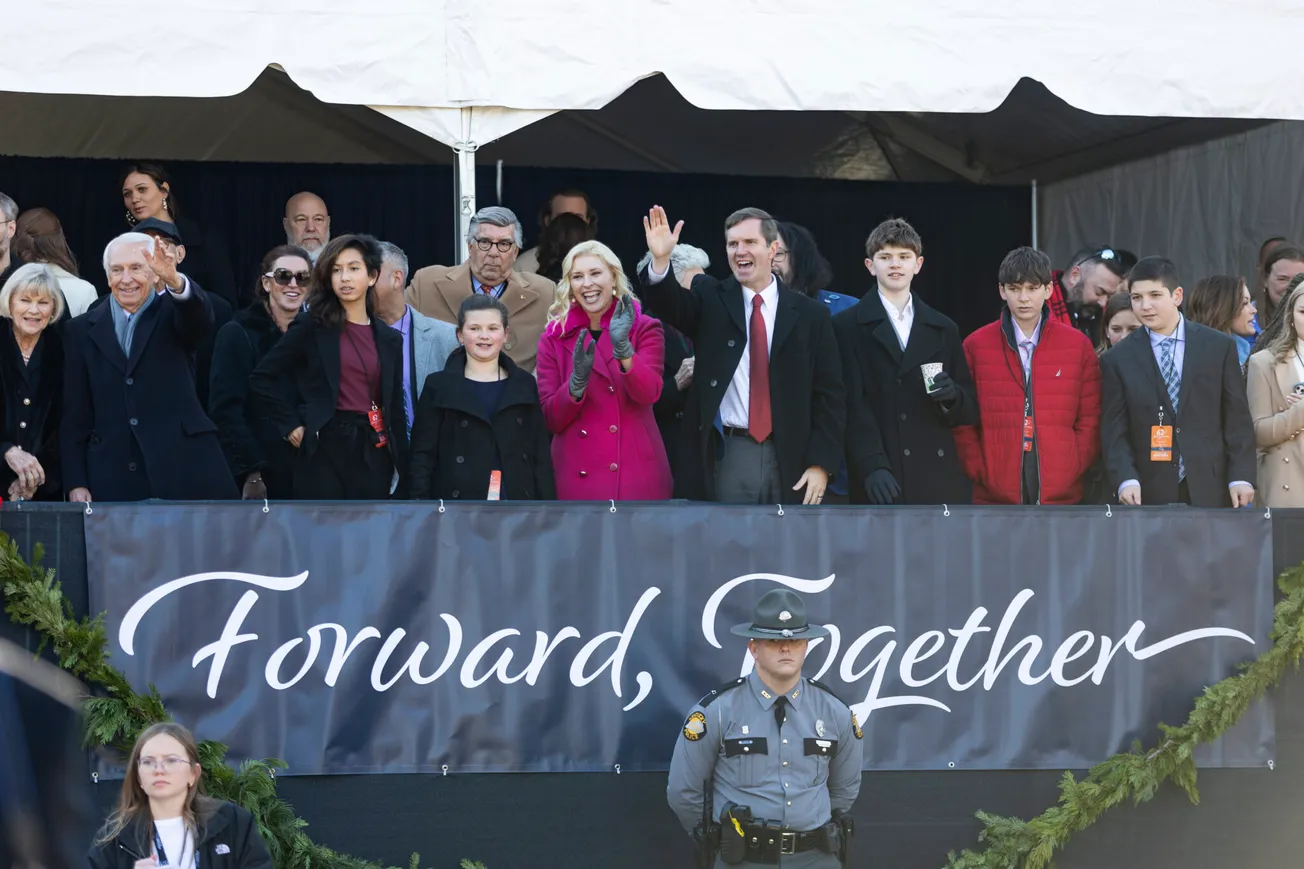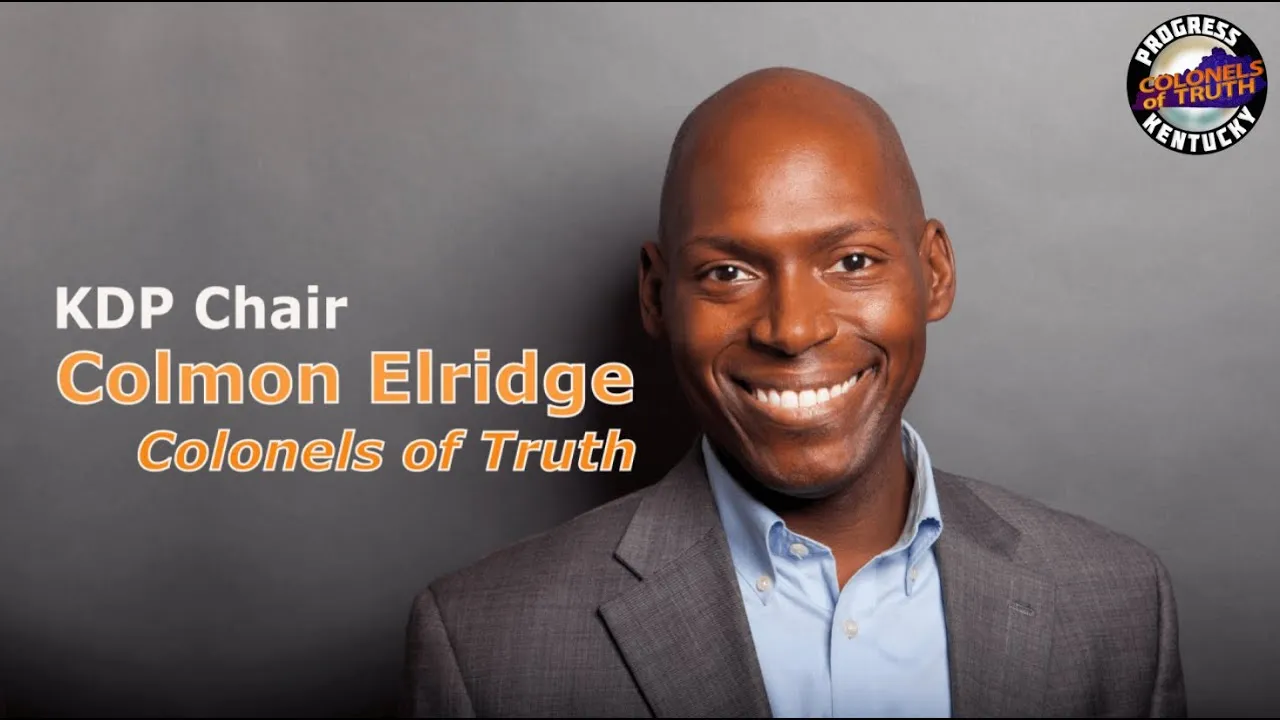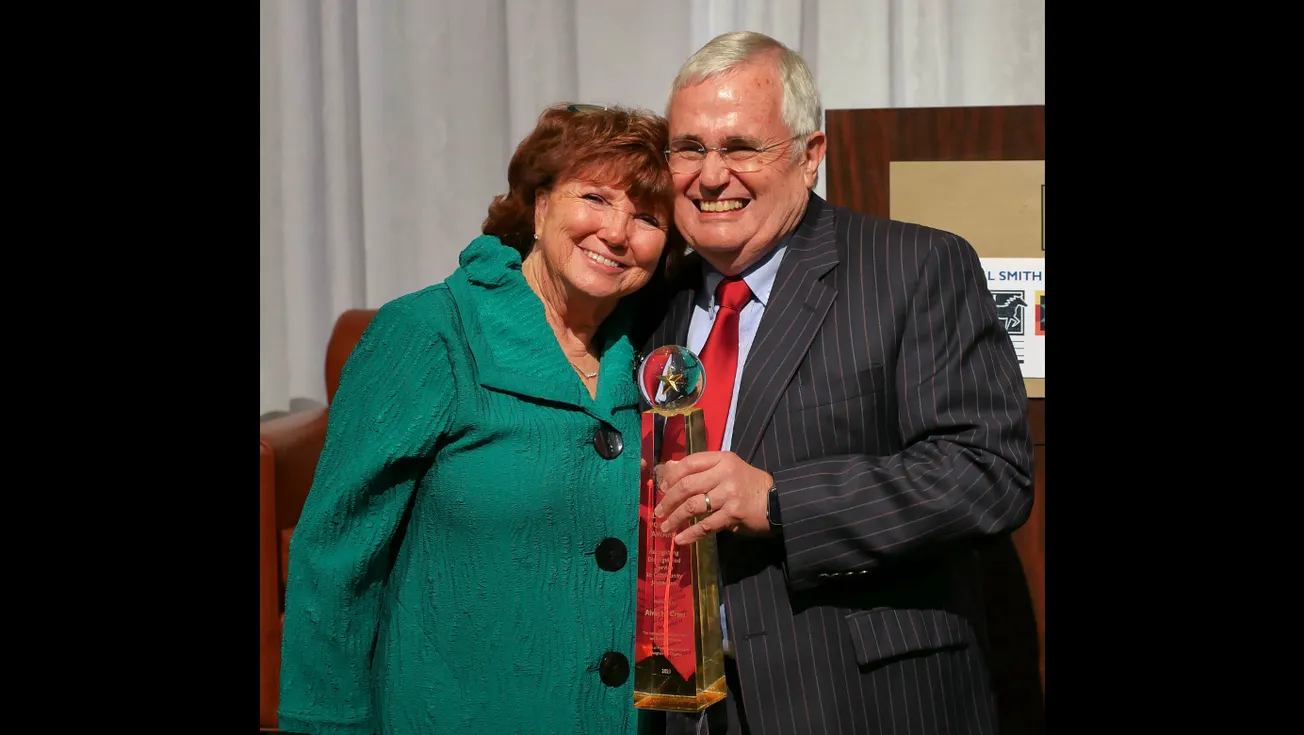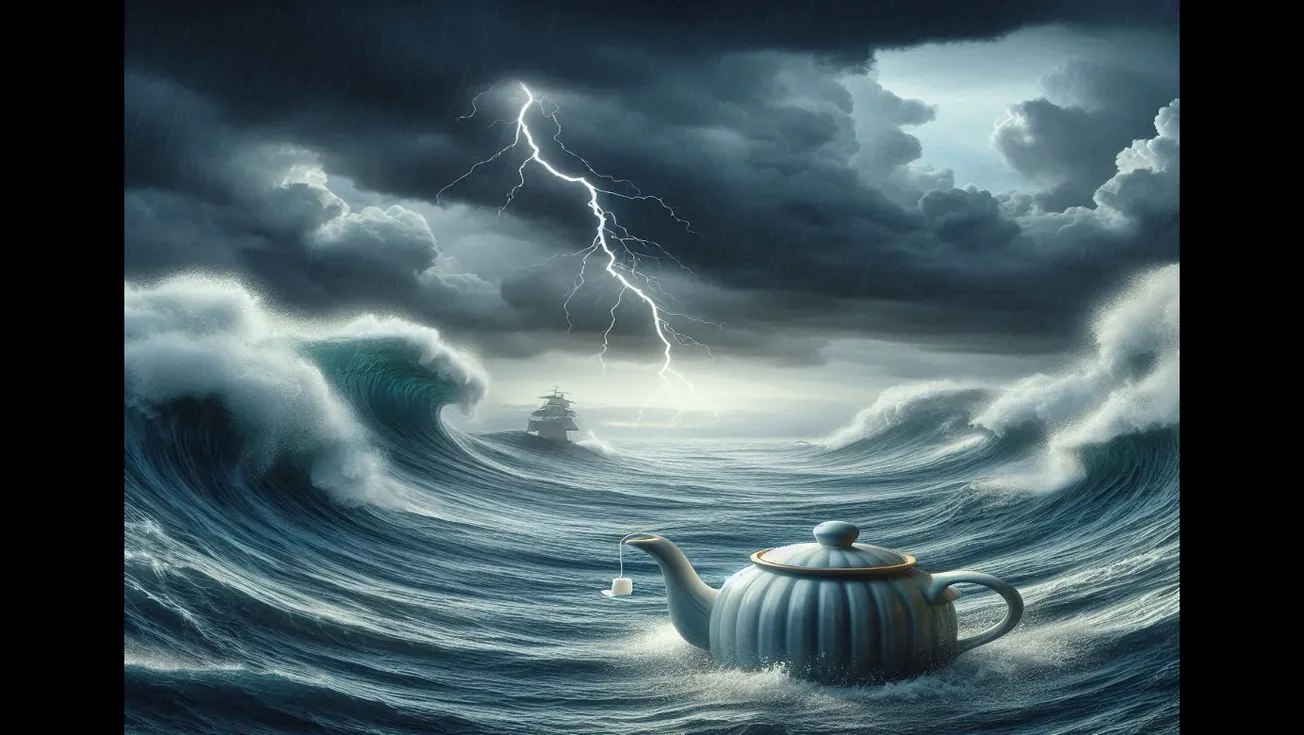President Joe Biden’s proposed $2 trillion infrastructure bill “brings us one step closer to repairing, rebuilding and restoring our country,” AFL-CIO President Richard Trumka said in a statement.
“Repairing, rebuilding, and restoring” reminded me of President Franklin D. Roosevelt’s “three Rs” of the New Deal: “relief, reform, and recovery.”
New Deal public works programs provided paychecks for millions of jobless Americans during the Great Depression of the 1930s, the worst economic calamity in our history. Workers constructed roads, highways, streets, bridges, schools, parks, airports, courthouses, and other public buildings.
If all politics is local, so is history. The New Deal brought concrete streets and curbs to Bardwell, the seat of Carlisle County, where I live. More on that in a minute.
The COVID-19 pandemic created massive job losses; the unemployment rate climbed to nearly 15 percent a year ago this month. (It fell to 6 percent last month.)
“A job is about a lot more than a paycheck,” Biden tweeted on the campaign trail. “It’s about dignity. It’s about respect. It’s about being able to look your kid in the eye and say everything is going to be ok.”
That rang a bell with me. FDR also understood that gainful employment didn’t just put money in workers’ pockets. A job provided essential dignity, too.
Jobs and dignity were in short supply when the president and a Democratic-majority Congress put the country back to work on federally-funded construction projects, a lot of them in Kentucky. No matter the project’s size, they were all designed to serve the public good.
Nearly 90 years later, many of the projects are still serving.
In my neck of the deep western Kentucky woods, courthouses built under the Works Progress Administration are still the seats of county government in Paducah and Princeton.
TVA’s Kentucky Dam is still providing millions of our homes and businesses with electric power. Much of that power pulses via rural electric co-ops started under the Rural Electrification Administration.
In Arlington, where my wife and I live, our electricity comes from West Kentucky Rural Electric, where line crews belong to Paducah-based IBEW Local 816. The Wagner Act, also landmark New Deal legislation, guaranteed workers the right to unionize.
Eight miles west of our home is Columbus-Belmont State park, built by the Civilian Conservation Corps, FDR’s “tree army.”
The New Deal’s legacy is visible throughout our region – a lot of it stemming from the WPA, the largest and best-known of the public works projects. For example, WPA crews built the Noble Park swimming pool in Paducah and the old Fine Arts building at Murray State University.
Also in Carlisle County, WPA workers drained swampy Wilson Creek to help control mosquito-borne malaria outbreaks. Bardwell’s WPA-poured concrete streets have been paved over. But the curbs and concrete edging remain.
The New Deal helped FDR carry Kentucky in landslides all four times he won.
Since then, Kentucky has become one of the reddest of the Republican Red states. So the Kentucky Democratic party is in the process its own “three Rs:” resurrecting, reorganizing, and rebuilding.
Okay, why the history lesson, besides the fact that historian Arthur M. Schlesinger Jr. was an advisor to President John F. Kennedy and Biden has huddled with historians Michael Beschloss, Joanne Freeman, Eddie Glaude Jr., and Doris Kerns Goodwin?
If I were a KDP bigwig, I’d cite still-serving New Deal projects — there are hundreds statewide — as an example of what the party has meant to Kentuckians … and what it still means. Self-employed musician, recording engineer, and Democratic activist Hal Linderman agrees.
Linderman, who ran for Congress last year, said New Deal-era structures are easily recognizable; many have bronze plaques inside the doors. He added that the buildings “visibly benefit the average person and that the Democrats can take credit for them.”
I’d also encourage the Democratic brass to point out that most Republicans slammed the New Deal — including Social Security — as “socialistic” and “communistic.”
The GOP is crooning the same old tune in opposition to Biden’s infrastructure bill. Nary a Republican supported the president’s $1.9 trillion coronavirus relief legislation, which is starting to help nudge the jobless numbers down – and boosting Biden’s approval rating.
I’m pretty sure Biden doesn’t mind being likened to FDR, whom historians rank among our three greatest presidents. (George Washington and Abraham Lincoln are the other two.)
The next time he gives a talk about his infrastructure bill, he might quote from one of FDR’s most famous speeches, the one in 1936, where he talked about the “second” New Deal.
Roosevelt was seeking a second term. A lot of the speech was aimed at his right-wing Republican foes, the spiritual forebears of the party of Donald Trump and Mitch McConnell.
“Never before in all our history have these forces been so united against one candidate as they stand today,” Roosevelt challenged before delivering the speech’s most-quoted line: “They are unanimous in their hate for me – and I welcome their hatred.”
There’s plenty more material for Biden elsewhere in the speech. Roosevelt pointed out that the Republicans, who ruled the Washington political roost throughout the 1920s, and brought on the Depression via policies that enriched the already rich and impoverished workers, “had begun to consider the Government of the United States as a mere appendage to their own affairs. We know now that Government by organized money is just as dangerous as Government by organized mob.”
We know now that Government by organized money is just as dangerous as Government by organized mob. — FDRClick To TweetMere appendage to their own affairs. Organized money. Organized mob. I can’t think of better words to describe the Trump GOP.
Trump and the Trumpers believed the purpose of government was to line their pockets. When the voters gave him the boot, Trump rallied the faithful to storm the Capitol, terrorize lawmakers, overturn the election, and keep him in power.
Roosevelt called the plutocrats of his day “malefactors of great wealth.” They believed that only rich white guy lives matter. So does Don the don, his capo dei capi, Mitch McConnell, and the rest of the Republican “family.”







